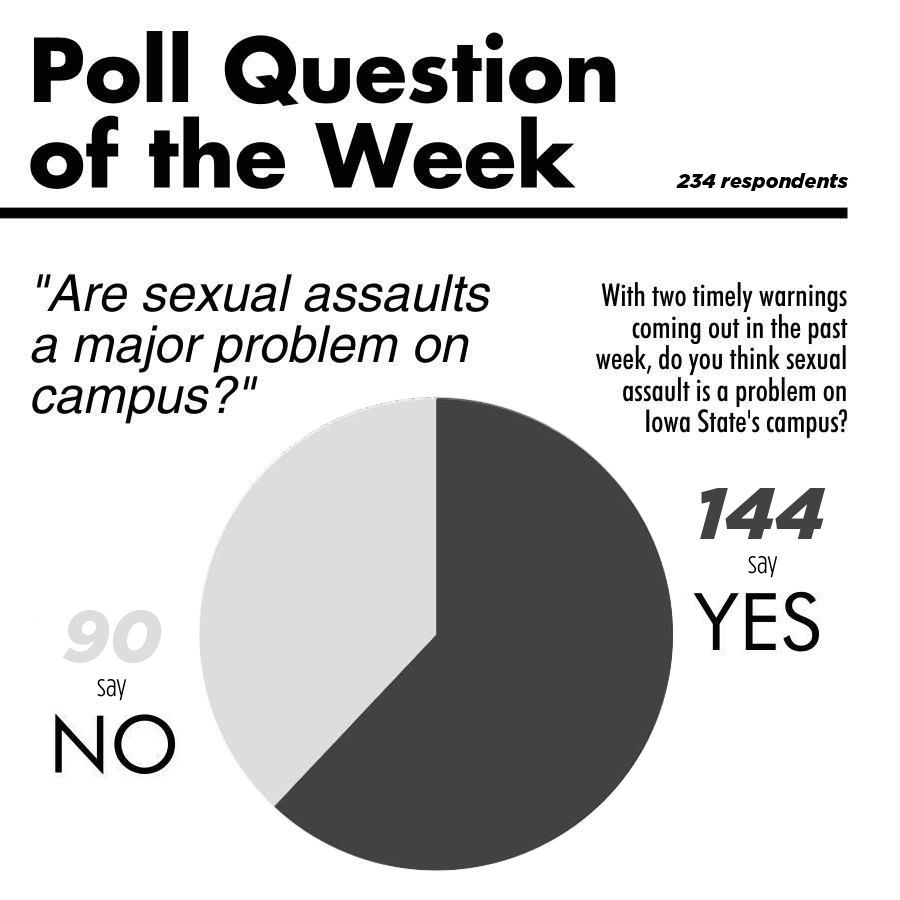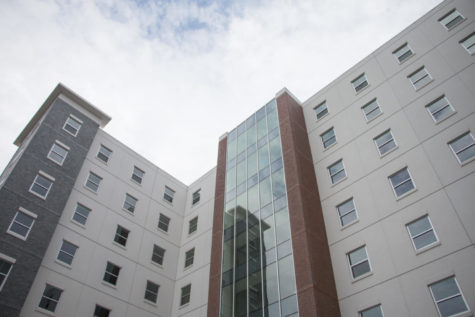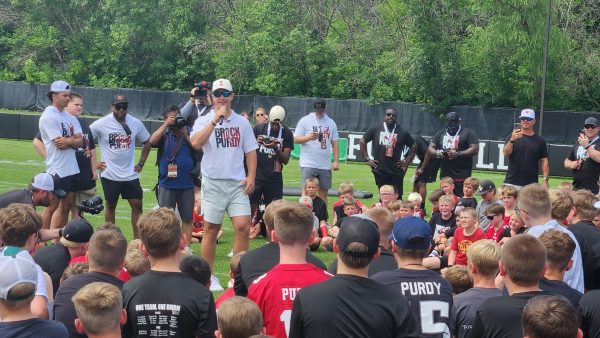Nearly 1 in 10 ISU students have experienced sexual misconduct
September 21, 2015
About 1 in 10 ISU students, or 9.7 percent, have experienced a form of sexual misconduct, a campus climate survey released Monday shows. Almost 20 percent of ISU female undergraduates have experienced a form of sexual misconduct.
Iowa State participated in an Association of American Universities campus climate survey on sexual assault. During a three-week period in April 2015, 5,200 out of the 32,794 ISU students, or 15.8 percent, took the survey, according to the report.
“This is a landmark type of survey,” said Robinette Kelley, Director of Equal Opportunities Office at Iowa State. “It included 27 institutions, 26 of which were AAU institutions. It has never been done before.”
Across the 27 universities who participated in the national survey, 11.7 percent of students experienced nonconsensual penetration or sexual touching involving physical force or incapacitation. Almost a quarter of all female students at the universities, 23.1 percent, experienced misconduct, in keeping with national statistics that one in four college-aged women experience sexual assault.
“Sexual assault, sexual misconduct and sexual harassment are serious problems on college campuses across the country and in society in general,” said President Steven Leath in a press release from the Iowa State News Service. “These survey results provide us with valuable information on student experiences, their awareness and their perceptions.”
The survey had five main goals:
- Determine the campus climate around sexual assault and sexual misconduct
- Find how knowledgeable students are on campus sexual assault resources
- The frequency and type of sexual misconduct that occurs
- How does coercion and absence of consent affect sexual misconduct
- The frequency and nature of sexual harassment, intimate partner violence and stalking
Classification of student respondents included male, female and transgender, genderqueer, questioning or not listed (TGQN) students.
In the survey, students were asked what they thought would happen if a sexual assault or misconduct was reported. Overall 55.9 percent of respondents said they thought it was very or extremely likely the person would be supported by peers, but women were 8 percent less likely to believe the report would be accompanied by peer support. TGQN students responded even more negatively.
“I think it goes to how students said they would feel embarrassed or ashamed of it, so I think that’s part of the reluctance to come forth,” said Kelley, “We would like to see that number go up, though. What’s promising is that those who came forward felt that they were supported by their friends or family.”
For penetration by incapacitation, 53.2 percent of females did not think the incident was serious enough to report; 28.9 percent felt ashamed or embarrassed; 24.3 percent did not want the person to get into trouble; and 16.4 percent did not think anything would be done.
Though retaliation is prohibited by the campus Title IX policy, defined as anything from harassment and stalking to continued misconduct, 17.6 percent of students answered that they think it is extremely likely retaliation would occur after a misconduct is reported. Undergraduate female students were 8.3 percent more likely to believe in retaliation occurring than males.
As far as multiple victimization goes, 1.4 percent of females were victimized 2 or more times during the current school year and 3.7 percent reported being victimized 2 or more times since enrolling in college. The survey did not indicate whether or not the victims were victimized by the same person.
About three-fourths of respondents believe their report will be taken seriously by administrators, but TGQN students had less faith in campus officials overall. However, only 64.5 percent of students believe an investigation would be conducted fairly on a report and 59.4 percent said they believe action would be taken against an offender.
Victim advocates know alcohol does not cause sexual assault or misconduct. However, advocates say alcohol can be used by perpetrators as a tool to offend.
Natasha Oren, employee at Assault Care Center Extending Shelter and Support who works with university officials to combat and treat sexual assault, said perpetrators look for those in a vulnerable situation. She said perpetrators may use alcohol to impair a victim’s ability to defend themselves or make proper judgment. She also said alcohol inhibits a potential perpetrator’s judgment.
Almost 40 percent of the students reported they had witnessed a drunken person heading for a sexual encounter, according to the report. More than three-fourths indicated that they did nothing, with 23.9 percent saying they weren’t sure what to do and 51.9 percent saying they did nothing for another reason.
Iowa State administrators have placed emphasis on bystander intervention as a way to prevent sexual assault. Lauri Dusselier, Prevention Services manager, said in a previous interview that bystander intervention is key for potential victims.
“When you’re a potential victim, it’s a little hard to put up those walls or help yourself because you might be frozen, but your friend can ask you to go to the bathroom with them,” Dusselier said. “The group of people who sees you looking uncomfortable can distract the person being aggressive.”
In the campus climate survey, students were asked whether they had witnessed someone acting in a sexually violent or harassing way, to which 15.4 percent said they had. More than half of bystanders, 52.4 percent, did nothing when they saw someone acting in a sexually aggressive way.
Only 19.9 percent of bystanders directly intervened to stop the incident, while 11.7 percent spoke to someone else to get help.
Among female undergraduates, 19.3 percent were victims of sexual assault involving either nonconsensual penetration or sexual touching since entering Iowa State, and 11.1 percent experienced this type of assault during the current school year.
















